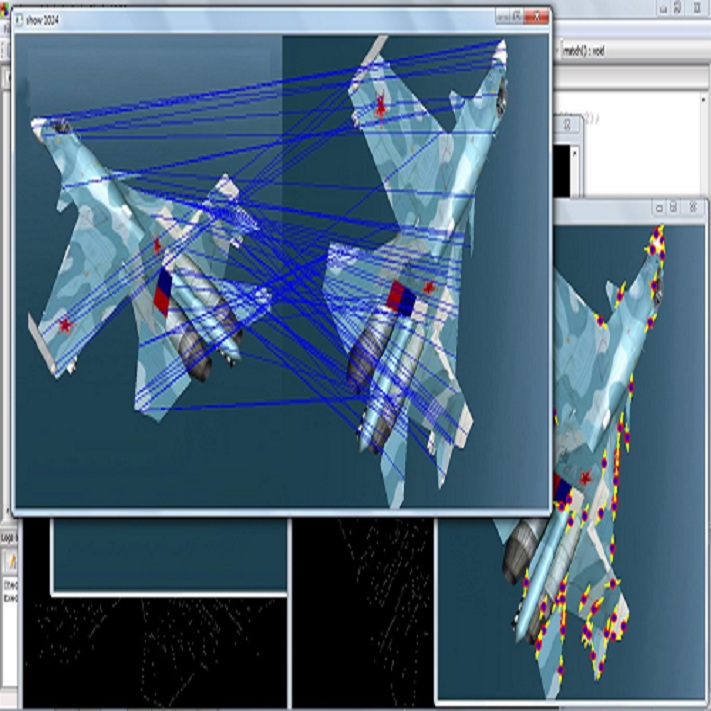Conventional deformable registration methods aim at solving an optimization model carefully designed on image pairs and their computational costs are exceptionally high. In contrast, recent deep learning based approaches can provide fast deformation estimation. These heuristic network architectures are fully data-driven and thus lack explicit geometric constraints, e.g., topology-preserving, which are indispensable to generate plausible deformations. We design a new deep learning based framework to optimize a diffeomorphic model via multi-scale propagation in order to integrate advantages and avoid limitations of these two categories of approaches. Specifically, we introduce a generic optimization model to formulate diffeomorphic registration and develop a series of learnable architectures to obtain propagative updating in the coarse-to-fine feature space. Moreover, we propose a novel bilevel self-tuned training strategy, allowing efficient search of task-specific hyper-parameters. This training strategy increases the flexibility to various types of data while reduces computational and human burdens. We conduct two groups of image registration experiments on 3D volume datasets including image-to-atlas registration on brain MRI data and image-to-image registration on liver CT data. Extensive results demonstrate the state-of-the-art performance of the proposed method with diffeomorphic guarantee and extreme efficiency. We also apply our framework to challenging multi-modal image registration, and investigate how our registration to support the down-streaming tasks for medical image analysis including multi-modal fusion and image segmentation.
翻译:常规变形登记方法旨在解决精心设计的图像配对优化模型及其计算成本异常高。相比之下,最近的深层次学习方法可以提供快速变形估计。这些超光层网络结构完全由数据驱动,因此缺乏明确的几何限制,例如,为产生貌似变形所不可或缺的地形学保护。我们设计了新的深层次学习基础框架,通过多尺度传播优化二异形模型,以整合这两类方法的优势并避免其局限性。具体地说,我们引入了一种通用优化模型,以开发二异形登记,并开发一系列可学习的架构,以获得全新数据驱动的更新,从而缺乏明确的几何限制,例如,为产生貌似变形变化所不可或缺的。我们提出了一个新的双级自调培训战略,以便高效地搜索特定任务超光度参数。我们设计了一个基于多尺度传播的不同类型数据的灵活性,同时减少计算和人文负担。我们在3D 量数据集上进行两组图像下流登记实验,包括大脑MRI数据和图像转换图象结构图像化图象化图象化结构,并用我们的拟议肝脏图像变图像化系统登记框架,以展示现状数据,并展示我们的最新登记效率,还展示了目前数据。




